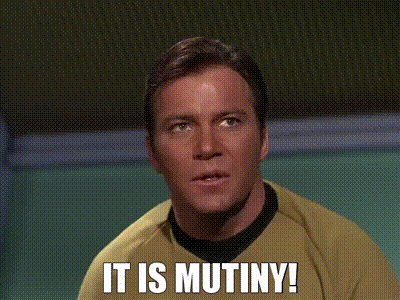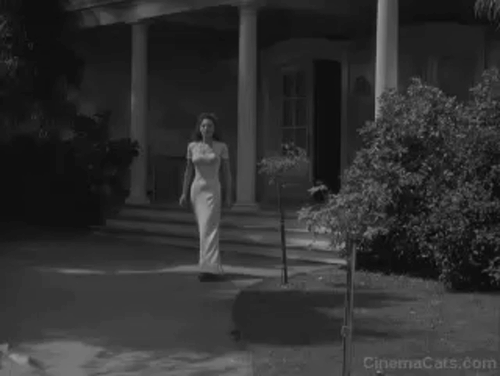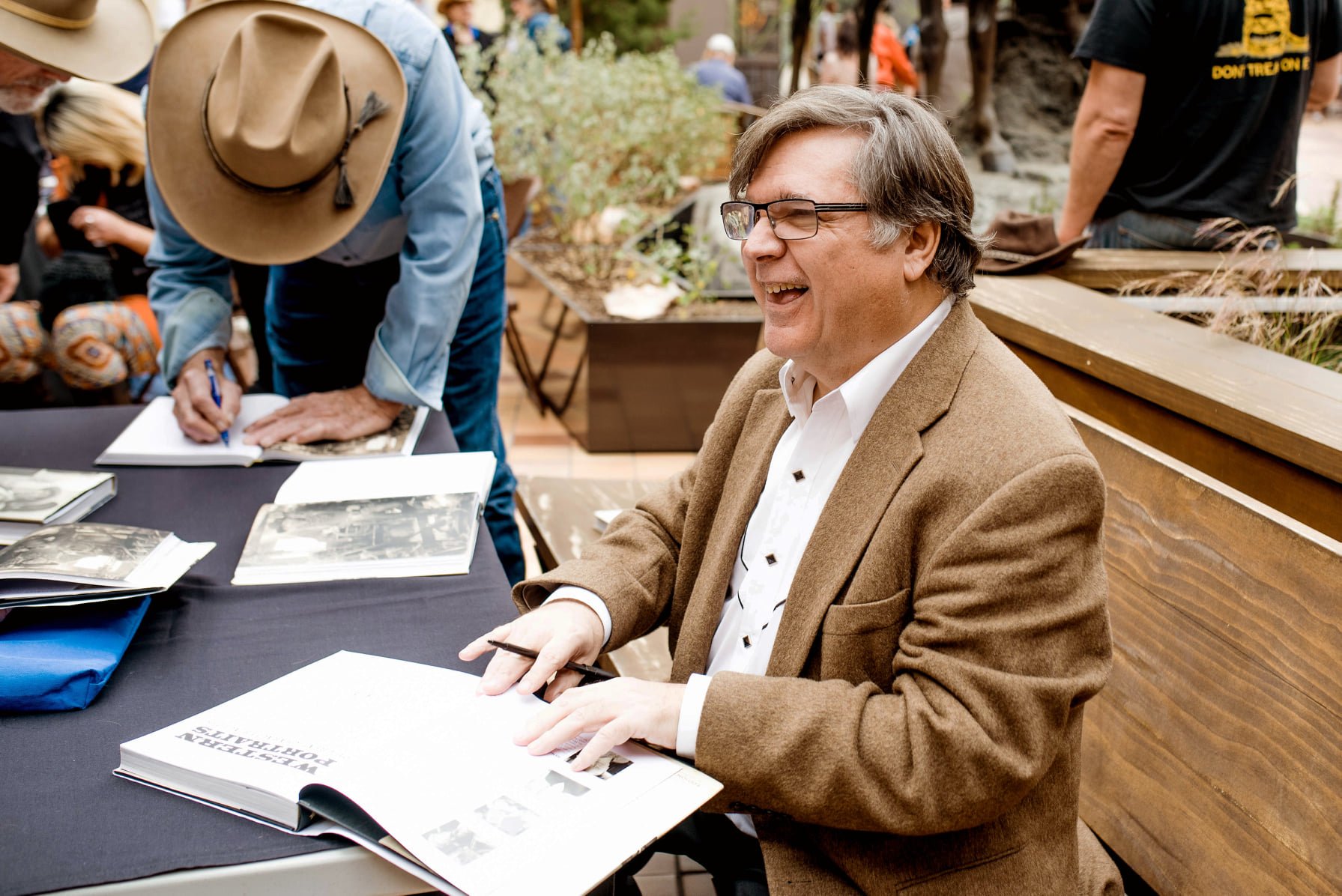The last two decades of my professional career were devoted to the nine symphonies of Beethoven. I had taken on the monumental task of transcribing the orchestral scores of the symphonies to the medium of solo piano music. The complexity of this project extended across several operational phases: (1) textual analyses of the primary sources (including Beethoven’s autograph manuscripts, early publications, and latest critical editions); (2) writing my original piano transcriptions; (3) editing the piano score through the arduous process of learning them on the keyboard; and finally (4) recording the performances for CD releases. The inspiration for this epic undertaking was based on my vision and hope that these transcriptions would introduce some much-needed fresh perspectives on these iconic masterpieces.
How effectively can an orchestral work be re-written as a piano score? There is no simple or conclusive answer. One must consider the repertoire itself, the purpose of the task, the musical decisions to be made, and awareness of the technical limitations of the instrument and the pianist’s abilities. How these parameters relate organically to the whole would directly impact the degree of precision and quality of the musical transfer, the playability, and ultimately the success of the transcription in achieving its intended goal.
I have always been fascinated by transcriptions of all kinds, whether piano, instrumental, vocal, orchestral, or selections from musicals and jazz. The fundamental principle that guides my work is textual fidelity to the original source and simpatico performance considerations. These two aspects may sound reasonable and practical enough. However, in the course of my project, I would discover that every step in this process is a mighty struggle requiring every ounce of my creative, intellectual, and physical capabilities.
Ironically, this project had originated with a different aim. I simply wanted to record these symphonies in the piano arrangement that Franz Liszt had written. Since its publication in the mid-1800s, Liszt’s version has maintained its respected status in the music literature. Indeed, the first volume in my project began with Liszt’s score of the Ninth Symphony arranged for two pianos. But as fate would have it, I experienced an epiphany that would steer my project to an entirely different and unforeseen course.
Why a new set of piano transcriptions of the Beethoven Symphonies?
So, what can we say about Liszt’s fidelity to Beethoven’s score? According to Liszt’s biographer, Alan Walker, “… Liszt understood that a liberty judiciously taken could bring the ‘truth’ of a passage more directly to the listener. In matters of translation, Liszt once remarked, ‘there are some exactitudes that are the equivalent of infidelities.’” To my mind the extent of such “infidelities” that Liszt felt compelled to commit, in order to capture the spirit of the work, crosses the boundaries of what might be deemed legitimate transcription and veers into the domain of free “arrangement.” One’s good-faith attempt to maintain Beethoven’s original notes in a transcription cannot be faulted if the goal is the preservation of the letter and the spirit of the original. However, if the letter is sacrificed in spectacular ways to serve one’s subjective conception of the spirit of the music, I believe that the premise behind such an approach needs to shift from transcription in its pure form to re-creation or re-interpretation. This latter morphology is not where my musical conscience would settle.
I have yearned for an alternative approach to transcription which restores both the letter and the spirit of Beethoven’s original scores. My project became an attempt to fill this glaring void. The initial volume in the recording series, the Ninth Symphony, was released as a “newly edited version of Liszt’s transcription.” Though formally described as such, the connection to Liszt’s version was in reality rather tenuous, as my near total editing of his score would attest (this being not an ideal forum to get into the weeds of the transcription and editing processes, the interested reader is referred to my expository essay on this topic and also to the CD liner notes).
With all remaining symphonies, any ties to Liszt’s arrangements were completely severed, and thus I forged ahead following my own artistic vision and conviction. Inevitably, my original transcriptions will in turn be scrutinized to assess the degree of fidelity to Beethoven’s scores. These new transcriptions are also distinguished by the emergence of a unique piano idiom: a potent mixture of Beethovenian piano textures (that is, dramatic expressions of Romantic sensibilities inherent in Beethoven’s contemporaneous piano style) and various technical innovations of the modern piano. Viewed in this perspective, it is intriguing to consider the transformation of these transcriptions into independent piano works in their own right, all the while maintaining close stylistic identity with Beethoven’s original orchestral music.
Click here to listen to the streaming audio of the transcriptions
The Recording Phase
Some may wonder why my recording series began with the Ninth Symphony, which is of course Beethoven’s last. This was due to two reasons: one was logistical and the other psychological. First, the recording session schedule available at that time represented the only window of possibility for Matthew, my son and collaborator in the two-piano performance. The rigors of his developing academic career would be increasingly incompatible with such a monumental commitment needed for this project. While the Ninth Symphony, due to its extraordinarily massive scale, required nothing less than the performing force of two pianos, the other symphonies (nos. 1-8) fit naturally into transcription version for solo piano performance.
The second reason why this symphony was the first is my idiosyncratic habit of initially tackling the most challenging piece among the works in a series. By this process I would hope to gain momentum and confidence needed the rest of the way. That has been the theory and my modus operandi since earlier in my career when I recorded the complete piano works of the French composer Olivier Messiaen.
Personal Toll
Reflecting on my life during work on this project, it was a time of considerable difficulty and transition. During this stretch of about fifteen years there were several developments that profoundly changed me and the meaning of my life in music. Among these was a physical ailment catastrophic for a pianist: focal dystonia. My left index finger developed a significant loss of flexibility, mobility, and control. This neurological condition grew worse over time and eventually affected also the normal faculty of the thumb and middle finger as well as the thumb of the opposite hand. This did not happen suddenly, but in hindsight I could attribute the origin of the injury to the period of hyper-intensive practice leading up to my concert tour on the occasion of the Messiaen centenary in 2008. One bright spot was that those performances on the tour were highly successful and did not exhibit any of the adverse conditions that would soon follow. My worsening condition developed into an epic struggle to reorient not only the usage of the affected parts of my hands but also the inter-coordination of all the fingers in response to the compromised digits. During preparations for the Beethoven symphony recording sessions, my training entailed modifying the all-important fingering systems to execute velocity, smoothness, and the subtle gradients of touch. In practice this proved to be nothing short of reprogramming my entire mental and physical orientation to the piano. When I say that this is everything for the pianist, I am not being hyperbolic. The difficulty was beyond imagination, and the doubts in my mind progressively grew as to my ability to complete the project.
I was fortunate to have had a team of very powerful support that pulled me from the abyss of despair. My wife Judy never gave up hope and encouraged me through the dark days to find the possible solution—whether physiological, musical, or spiritual. Another source of support was my younger son James, who had assumed the role of producer from his brother Matthew. Along with my recording engineer, David Merrill, there was no one better equipped to provide me with the very specialized artistic, performance and recording supervision than James at that time. His personal sacrifice was also very substantial as he had to channel his time and energies to this huge undertaking while performing his professional duties as a young attorney. From an early age my sons had been trained at the highest level of musicianship during the years of our performing career as father-and-sons pianists, Paul Kim & Sons.
Through divine Providence I was guided to the miraculous completion of my project. Also, by a stroke of fate, in the year 2020 my labor in this epic journey was completed in commemoration of the 250th anniversary of Beethoven’s birth. As of today, my recovery has been slow but steady. I work each day to regain (and with optimism, hope to surpass) the technical command I had before. A positive sign is that I am already at work on another major project, which will be revealed at an appropriate time.
Paul Kim’s career is dedicated to bridging the pathways of performance, musicology, and education. He has performed as soloist with many of the world’s leading orchestras and conductors including Zubin Mehta, Andrew Litton, Philippe Entremont, Myung-Whun Chung, among others. The New York Times praised Kim’s “brightest flashes of virtuosity and clear transparent quality,” and Gramophone (UK), “his strength of character and personality.” A specialist in the music of Olivier Messiaen, Paul Kim is the first artist to record the composer’s complete body of piano works. His latest CD release of the complete Beethoven symphonies, in new piano transcriptions that Kim has written, has garnered critical attention and acclaim.
Paul Kim studied at The Juilliard School and Manhattan School of Music where he received his B.M. and M.M. degrees. He went on to earn a Ph.D. from New York University. He also holds a graduate degree in Behavior Analysis. His recent research focuses on the nexus of music and autism. At Long Island University Dr. Kim is professor of music history, theory, and piano studies, and has served as director of Graduate Music Studies. Besides his performing career, Dr. Kim is a frequent guest speaker at academic conferences, concert series, and college campuses across the United States and abroad.
YouTube channels:
G&E In Motion does not necessarily agree with the opinions of our guest bloggers. That would be boring and counterproductive. We have simply found the author’s thoughts to be interesting, intelligent, unique, insightful, and/or important. We may not agree on the words but we surely agree on their right to express them and proudly present this platform as a means to do so.












































